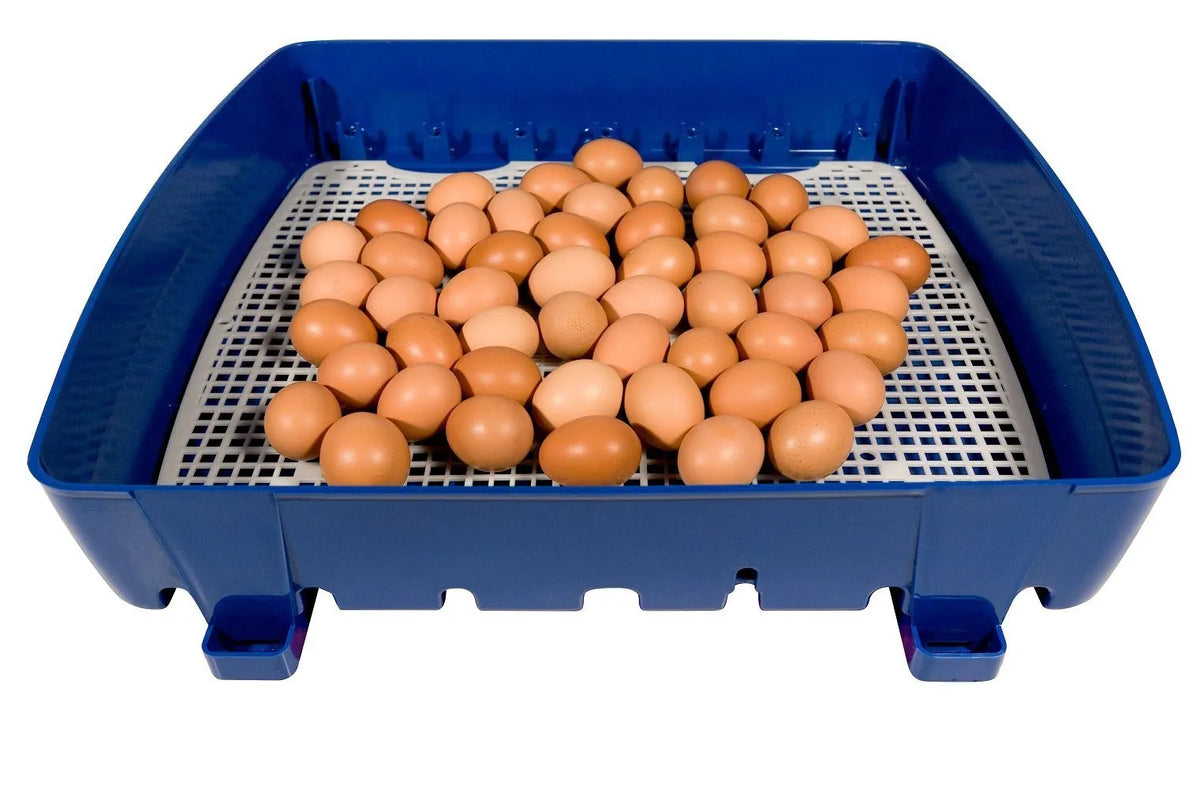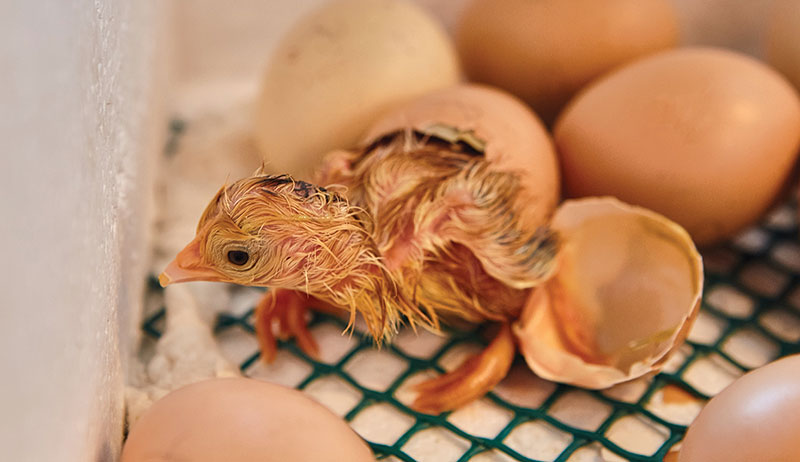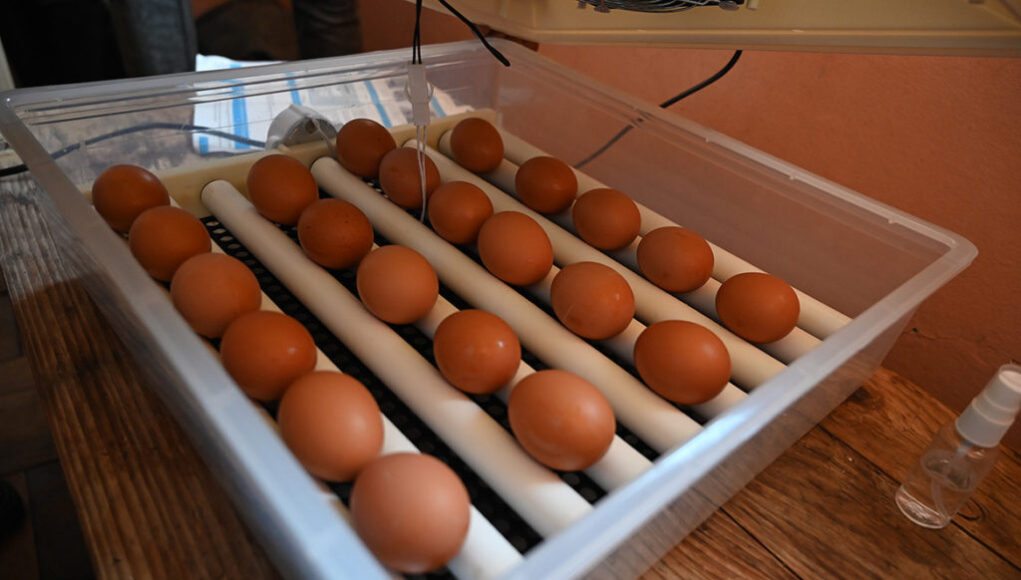Ensuring the right temperature in an incubator is crucial for successful egg incubation. Whether you are a seasoned poultry farmer or a beginner, understanding how to monitor incubator temperature can make a significant difference in the health and viability of your hatchlings. In this guide, we will explore the essentials of keeping your incubator at the perfect temperature to ensure your chicks hatch successfully.
Monitoring the incubator temperature accurately is not just about setting a dial and walking away. It involves consistent monitoring and adjustments to keep conditions optimal for the eggs. Temperature fluctuations can have a severe impact on the developing embryos, which is why precise monitoring is so important.

Why Temperature Monitoring is Vital
Temperature is a critical factor in egg incubation. The right temperature ensures that the embryos develop properly. An incorrect temperature can lead to poor hatch rates or even death of the embryo. Therefore, maintaining the correct temperature is essential for successful hatching.
Optimal Temperature Range
The optimal temperature range for most poultry eggs is between 99.5F and 100.5F (37.5C to 38C). Maintaining this range helps to ensure that embryos develop at the correct rate and hatch on schedule.
Understanding Temperature Fluctuations
Fluctuations in temperature can occur due to various factors such as ambient room temperature changes or faulty equipment. Understanding how to manage these fluctuations is crucial for maintaining a stable environment.
Tools for Monitoring Temperature
Several tools can help you monitor the temperature inside your incubator. These tools range from simple thermometers to more sophisticated electronic systems.
Thermometers
A good quality thermometer is essential for monitoring incubator temperature. Digital thermometers are often preferred due to their accuracy and ease of reading.
Thermostats
Thermostats help maintain a constant temperature by automatically adjusting the heat source. A reliable thermostat can be a valuable tool in ensuring consistent temperature control.
Steps to Monitor Incubator Temperature
Step 1: Set Up Your Incubator
Ensure your incubator is set up in a location with a stable temperature. Avoid placing it near windows or heat sources that could cause fluctuations.
Step 2: Calibrate Your Thermometer
Before placing your eggs, make sure your thermometer is reading accurately. Compare it with a second thermometer to ensure accuracy.
Step 3: Regular Checks
Check the temperature regularly, at least twice a day. Record these readings to notice any patterns or fluctuations.
Step 4: Adjust as Needed
If the temperature is too high or too low, adjust the thermostat gradually and check the readings again after 30 minutes.
Common Mistakes in Temperature Monitoring
One common mistake is relying solely on the incubator’s built-in thermometer without verifying its accuracy. Another is neglecting to adjust for room temperature changes which can impact the incubator’s internal temperature.
Maintaining Ideal Conditions
Besides temperature, maintaining the right humidity is also crucial. For more information on this, you can read our article on Maintaining Humidity.
External Resources
For more detailed guidance on egg incubation, check out this comprehensive guide on The Poultry Site.
Conclusion
Monitoring the temperature of your incubator diligently is key to successful hatching. With the right tools and techniques, you can ensure a healthy environment for your eggs, leading to successful and healthy hatches every time.

Frequently Asked Questions
What temperature should my incubator be set at?
The ideal temperature is between 99.5F and 100.5F for most poultry eggs.
How often should I check the temperature?
It’s recommended to check at least twice a day to ensure stability.
What should I do if I notice temperature fluctuations?
Adjust the thermostat gradually and monitor the changes closely to stabilize the temperature.
This article contains affiliate links. We may earn a commission at no extra cost to you.











